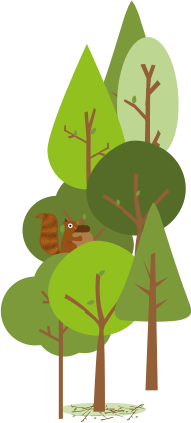

The Lost Words July: Heather
28th July 2020

My mother’s name and so present in my childhood memories, it is hard to believe that heather is one of the ‘lost words’, nature words removed from the Oxford Children’s Dictionary to make way for the more common technological words of children’s vocabulary. The loss inspired a set of nature poems by Robert Macfarlane collected in the book ‘The Lost Words’, which has in turn inspired Get Out More’s blogs this year.

Beekeepers know that bees foraging on heather will make some of the best honey around; thick and fragrant it captures the taste of the moors. I remember one summer when I was about ten, my Dad, a prize-winning amateur beekeeper, asked me to help him move his bees up to the heather. Fully kitted out in white beekeeping suits, we loaded the hives into the back of the car and drove up to the upper Dales, taking all the hives over several journeys. On the narrow Dales roads, cars stopping to let us past took a double take to see us sitting there in our spacemen-like hat and veils, with escaped bees buzzing around the sealed car!

‘Hold a heartful of heather, never let it wither’, (Robert Macfarlane, the Lost Words).
Heather is an unsung hero, a lucky charm for our times and now is the time to enjoy it in all its glory. The bright Bell heather flowers first in late July, followed by the paler and more widespread Ling heather in August. Forming a bushy, scented carpet, heather is the perfect bed to lie back on under a bright blue sky and listen to the buzz of foraging bees or the musical call of the curlew and skylark. Let the heather support you to allow time to stand still for a while and enjoy the heady days of summer.
By Annie Berrington
Robert Macfarlance on Twitter: @RobGMacfarlane

